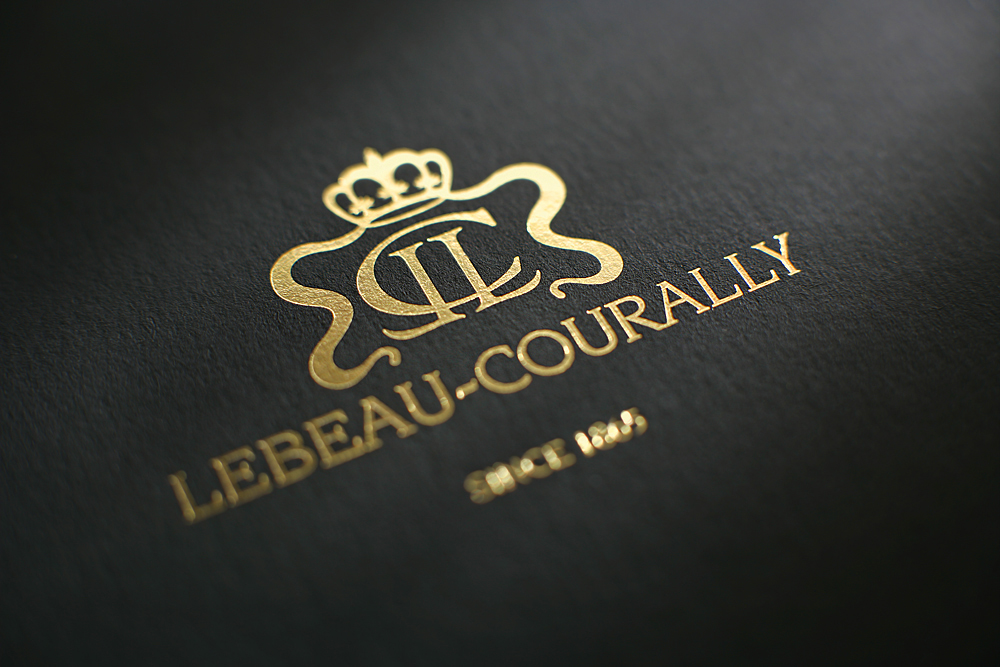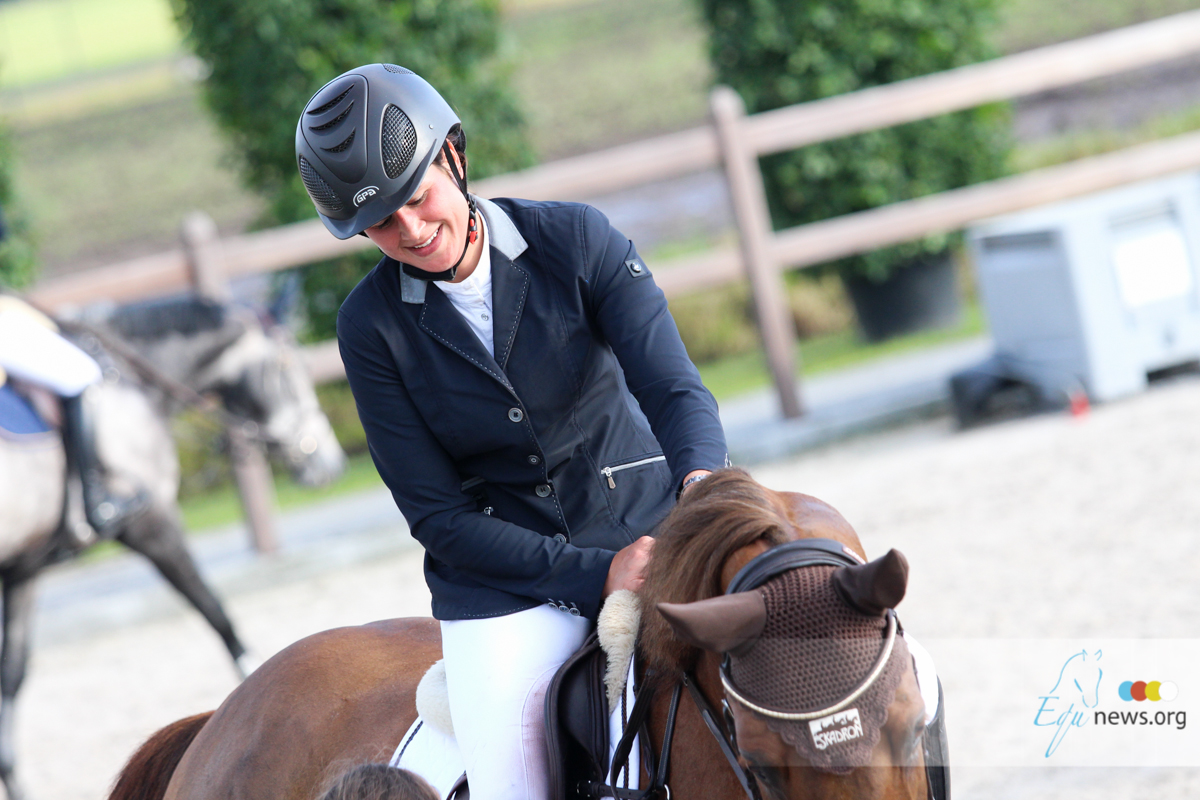Lunging looks like an exercise of chasing the horse around in seemingly never-ending circles. Nevertheless lunging our horses can benefit their and our training. Question is what are some good reasons to lunge. If your answer is along the lines of ensuring you don’t die when you get on, I implore you to really think about how and why you’re lunging and read on. The reasons we lunge should generally fall into a few broad categories: - Engage the mind - Warm up and supple the body - Introduce new ideas sans rider - Practice quality gaits Be aware, when you lunge with the intention of wearing a horse out, you go into the lunging session thinking backwards. A fresh horse can be dangerous, that’s for sure, but when you put a hot-headed horse out on the lunge and just let them run to “get it out of their system” before you hop on, you’re actually putting yourself in more danger. By wearing out the horse’s body, one important piece of the horse is being overlooked—the mind. Engaging the mind is the exercise we should practice instead of wearing out the body. To engage the mind, we use lunging to prepare the horse for learning. This type of lunging focuses and prepares the horse, instead of allowing him to think about how all of his friends are outside and how all he wants to do is run, and buck, and run, run, run! There is no galloping around in senseless circles, but rather a quiet and encouraging leader asking for a series of well-timed transitions and changes of direction. This type of lunging can be used to spot any stiffness and lameness within gaits. Additionally, lunging with the intention of warming up muscles ensures the horse is comfortable and ready to accept a rider. This is a great next step after you’ve engaged the mind. Practicing transitions within gaits, more advanced transitions, like halt-to-trot or walk-to-canter, and different sizes of circles on the lunge will help your horse become more supple and ready to work from a physical, instead of a mental, standpoint. Practicing quality gaits in lunging is one that I use regularly, but I feel is generally overlooked with riders. When lunging, you have two great aids at your disposal and you can use those to your advantage and help your horse practice quality gaits instead of the strung-out gaits we see too often when lunging. The lunge whip is your driving aid, like your leg would be when riding, and your hand on the lunge line is just like your hand on the reins. With a driving aid telling the horse to move forward and a rein aid used as a series of well-timed, rebalancing half-halts, you can help your horse truly find its balance, step under itself and find that engaged walk, trot or canter your trainer tells you is possible. The great benefit of this type of lunging is for you as the rider, being able to see those gaits from the ground, and for the horse being able to find their balance and figure out where their feet are before adding the rider’s weight to the mix.
Good reasons why we lunge
-
categories: Lifestyle



